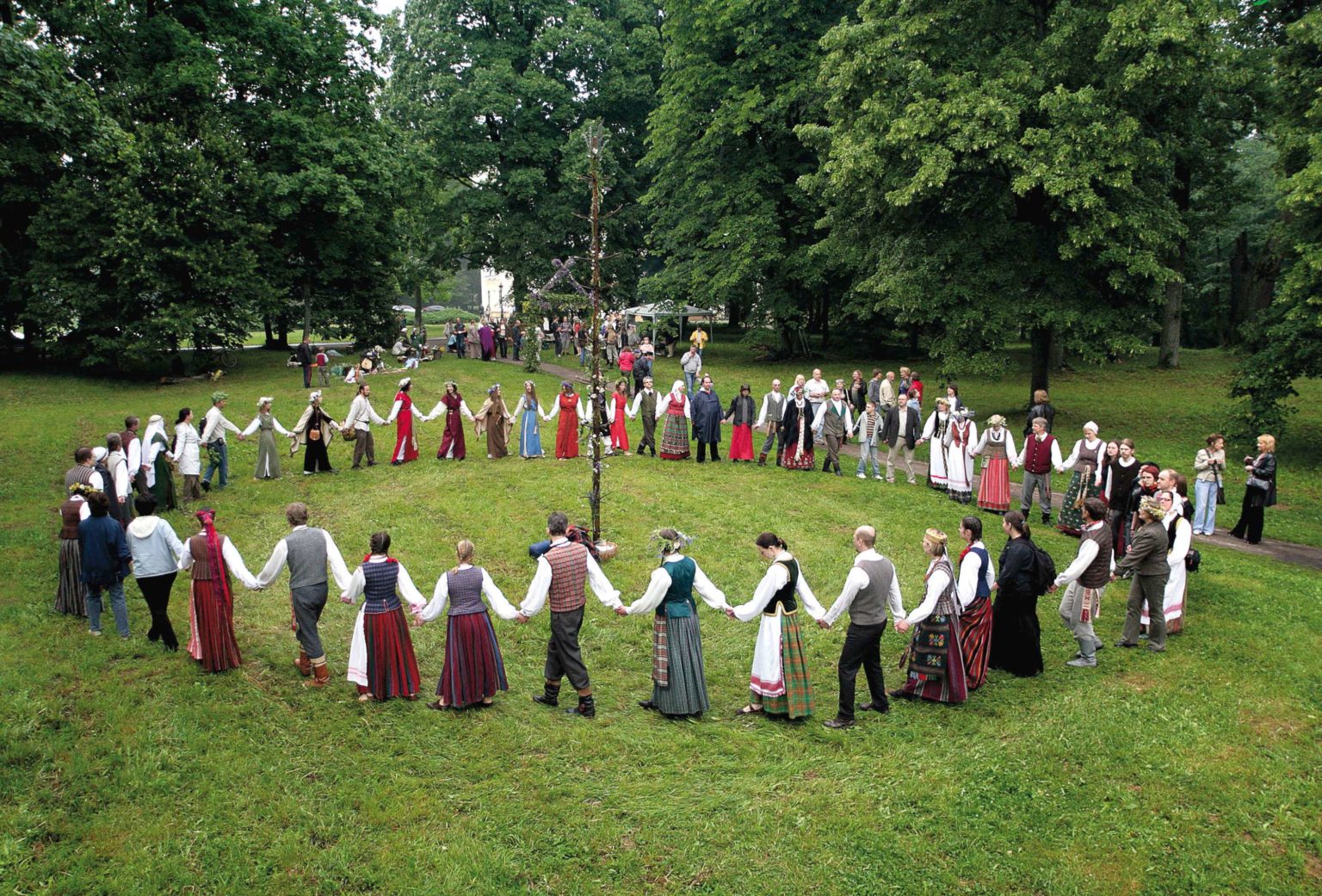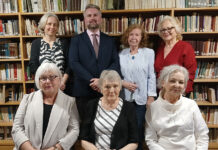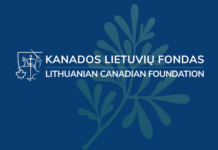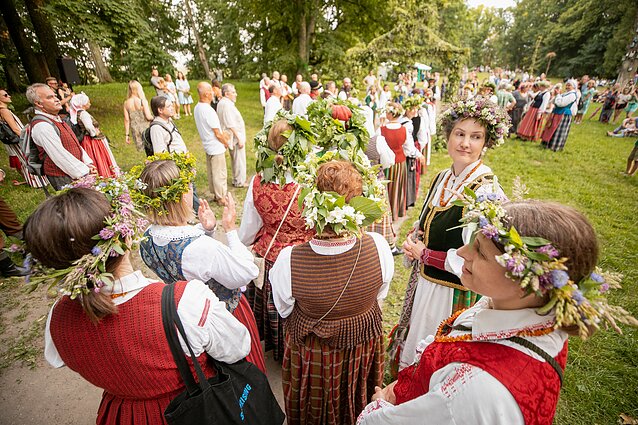
Remembering the stories
On June 23-24, the shortest night of the year, Lithuanians celebrate St John’s Day – or Joninės – combining Christian feast day with pagan traditions. Next to bonfires and fortune-telling rituals, wreath making is an inseparable part of midsummer celebrations.
Celebrations of the summer solstice date back to Lithuania’s pre-Christian history. Back then, the festival was called Kupolės – after herbs that were ritually collected on the day – or Rasos, literally, the Dew Festival.
Most of the midsummer rituals were related to agriculture to ensure bounteous crops and prosperity. Making wreaths on the eve of Joninės is an old tradition. Children would make wreaths for the cows and were rewarded with sweets. Today, as in the past, Midsummer wreaths are floated in the water, thrown into a well, or placed under a tree to summon good luck and love. Unmarried women also used charms to predict when they would get married. They made garlands of flowers and herbs and threw them over their heads onto tree branches (the number of tries they needed was how many years before they would get married) or floated them in a lake (if two wreaths stuck together, wedding bells were expected within a year).
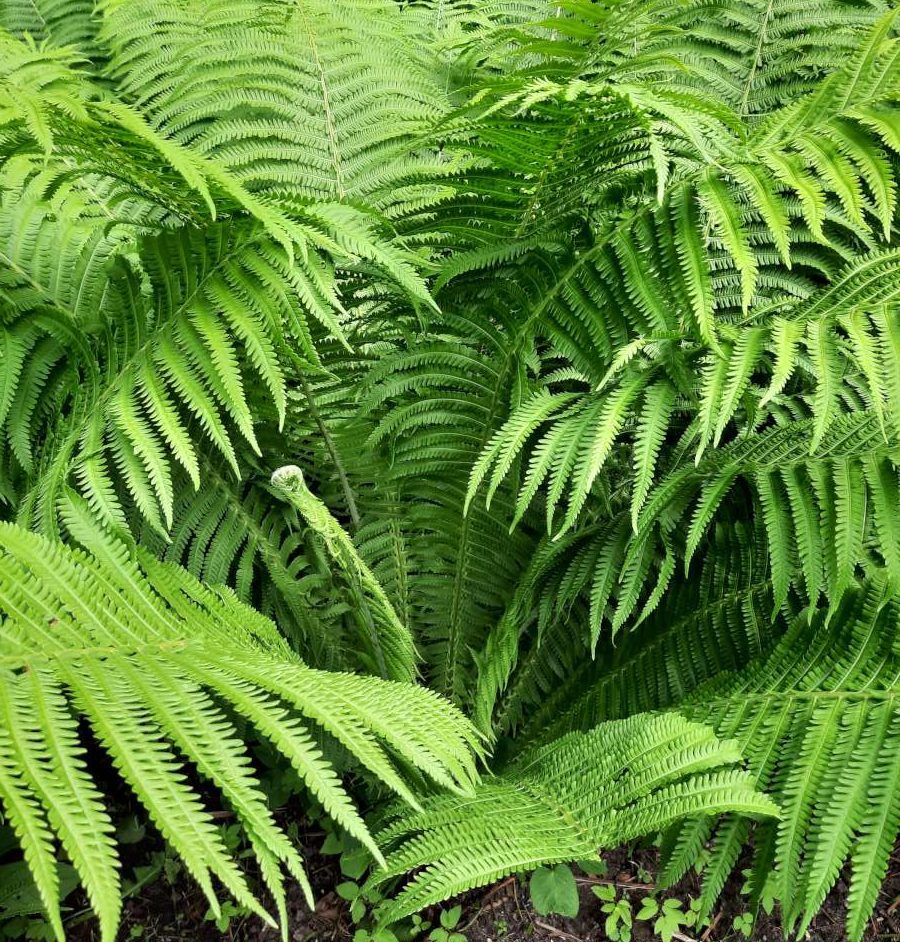 With the advent of Christianity, Rasos Festival came to be identified with the Feast of Saint John the Baptist and was renamed Joninės. However, Lithuanians still nurture folk traditions on the shortest night of the year.
With the advent of Christianity, Rasos Festival came to be identified with the Feast of Saint John the Baptist and was renamed Joninės. However, Lithuanians still nurture folk traditions on the shortest night of the year.
In ancient times, it was believed that those who spent the shortest night of the year in nature instead of sleeping would keep good health and strength throughout the year.
The search for a fern blossom was an important ritual. According to old beliefs, ferns only bloom on St John’s Eve, so young people in pairs would go to the forest at night to look for it.
Bonfires would be lit on the highest spot of a village to burn all night, with people dancing around them or jumping over fire.
 The importance of Joninės grew in the twentieth century with a push to deepen the Lithuanian national identity. Pagan revival movements attempted to reconstruct old traditions of celebrating Rasos festival.
The importance of Joninės grew in the twentieth century with a push to deepen the Lithuanian national identity. Pagan revival movements attempted to reconstruct old traditions of celebrating Rasos festival.
In the 1920s and 1930s, great festivals would be held on Rambynas Hill overlooking the Nemunas River in western Lithuania. The festivities would attract visitors from Kaunas, then capital of Lithuania. Today, the biggest Joninės celebrations are held in Kernavė, with huge bonfires, garlands and charms. Many come to Jonava, a town in central Lithuania which is titled the capital of Joninės.
People named Jonas, Joana and Janina (John, Joana and Jane) celebrate their name day at Joninės. Be sure to congratulate them!
